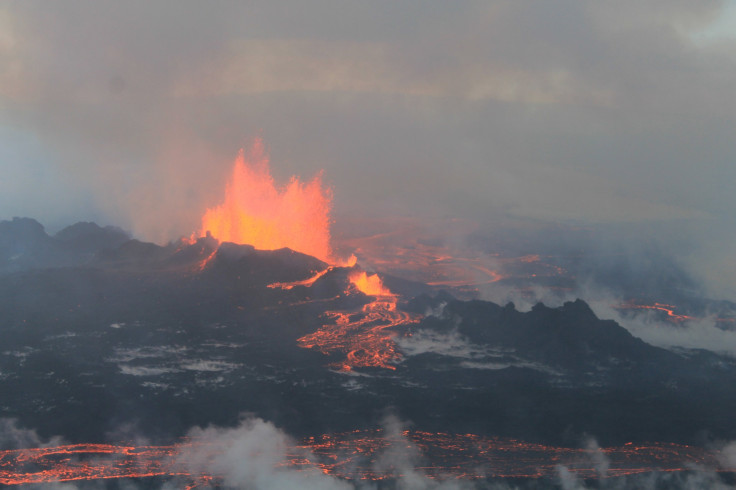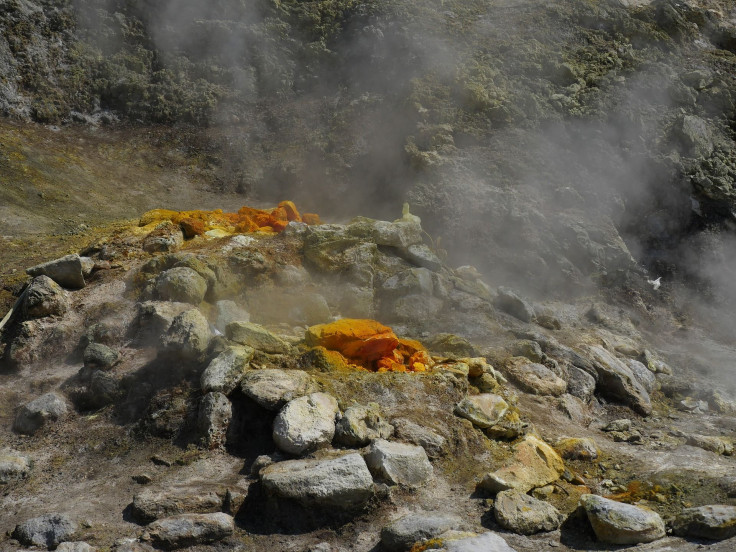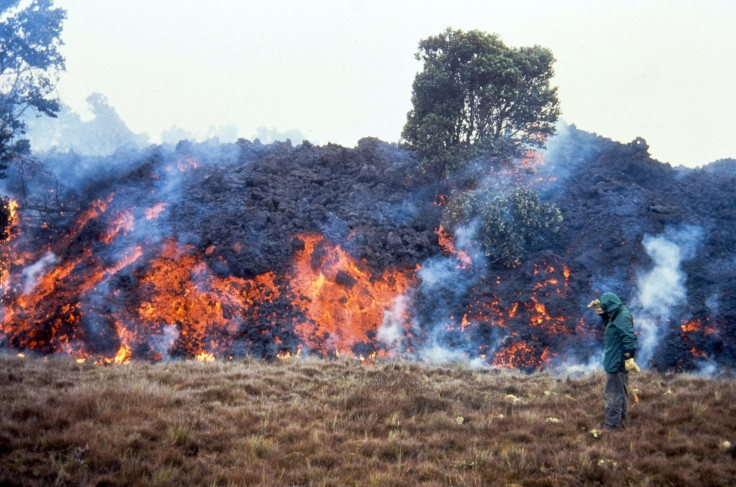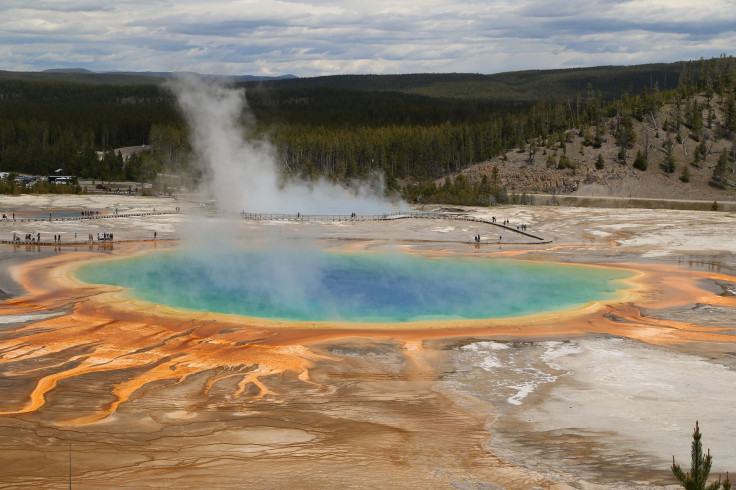5 Volcanoes That Could Erupt At Any Moment

The Earth is a beautiful but dangerous place, between the hazards of natural disasters and the threats of carnivorous predators. Volcanoes are some of the most terrifying because of how unpredictable they are and how much destruction they can rain down upon the planet.
There are about 2,000 “potentially active” volcanoes in the world, if you count estimates of the ones that are hidden at the bottom of the ocean, according to the U.S. Geological Survey. The three-quarters of those that are located on land can spit out rocky projectiles that hurt nearby people or ash and gas that can interfere with air quality and aviation. If one were to fully erupt, the molten rock that is called magma when it is underneath the Earth’s crust and lava when it gushes onto the surface can cause tremendous damage, as could the dark clouds of ash, gas and rock called pyroclastic flows that move faster than people are able to flee by car or on foot. Those flows are so hot that they kill people instantly.
Although they are still unpredictable, volcanoes show signs of activity before they blow. Here are a few around the world that scientists are keeping their eyes on.
Campi Flegrei

This monster in Italy is labeled a supervolcano because it has previously erupted at magnitude 8, the highest level on the Volcano Explosivity Index. It is just west of Naples and is a short trip away from Mount Vesuvius, the volcano that famously erupted in the first century AD and wrecked the city Pompeii.
Campi Flegrei last erupted in 1538 and has recently shown signs of activity, including tremors and magma movement below the surface.
“What this means in terms of the scale of any future eruption we cannot say, but there is no doubt that the volcano is becoming more dangerous,” researcher Luca De Siena previously said about the site.
Mauna Loa

Scientists have seen magma filling the chambers underneath Hawaii’s biggest volcano as well as earthquakes that show it is under stress. Mauna Loa last erupted in 1984 and although its current activity goes up and down, it always remains “above what we consider to be long-term background levels,” the USGS has reported.
Yellowstone

In the United States, Yellowstone is almost synonymous with volcano because of its power and size. Like Campi Flegrei, it is a supervolcano that shows signs of activity like ground uplifting, which allows magma to fill the empty space created below the surface.
Yellowstone last erupted about 640,000 years ago, and scientists have recently suggested that it only took decades to wake up from its dormant state and erupt, rather than the thousands of years that have previously been estimated.
Bárðarbunga
This volcano in Iceland last erupted only a few years ago, but experts say it might be getting ready to spew again. They have reported seismic activity at the spot, which is in the center of the European country and is one of its highest points.
Iceland has dozens of volcanoes, a number of which show activity from time to time. Perhaps the most famous is Eyjafjallajökull, which exploded in 2010 and sent ash and gas blowing over mainland Europe. Some scientists warn that as global temperatures rise and glaciers in Iceland melt, the change in pressure on some of the volcanoes there could cause them to erupt.
Mount Agung

Indonesia is home to a ton of volcanoes, some of which periodically make their presence known. Mount Agung stirred awake a few months ago, and in recent days has been puffing out ash, gas and lava as people watch and wait for a potentially more intense eruption.
Its last big explosion was in 1963, when the volcano killed about 1,600 people.
© Copyright IBTimes 2024. All rights reserved.











